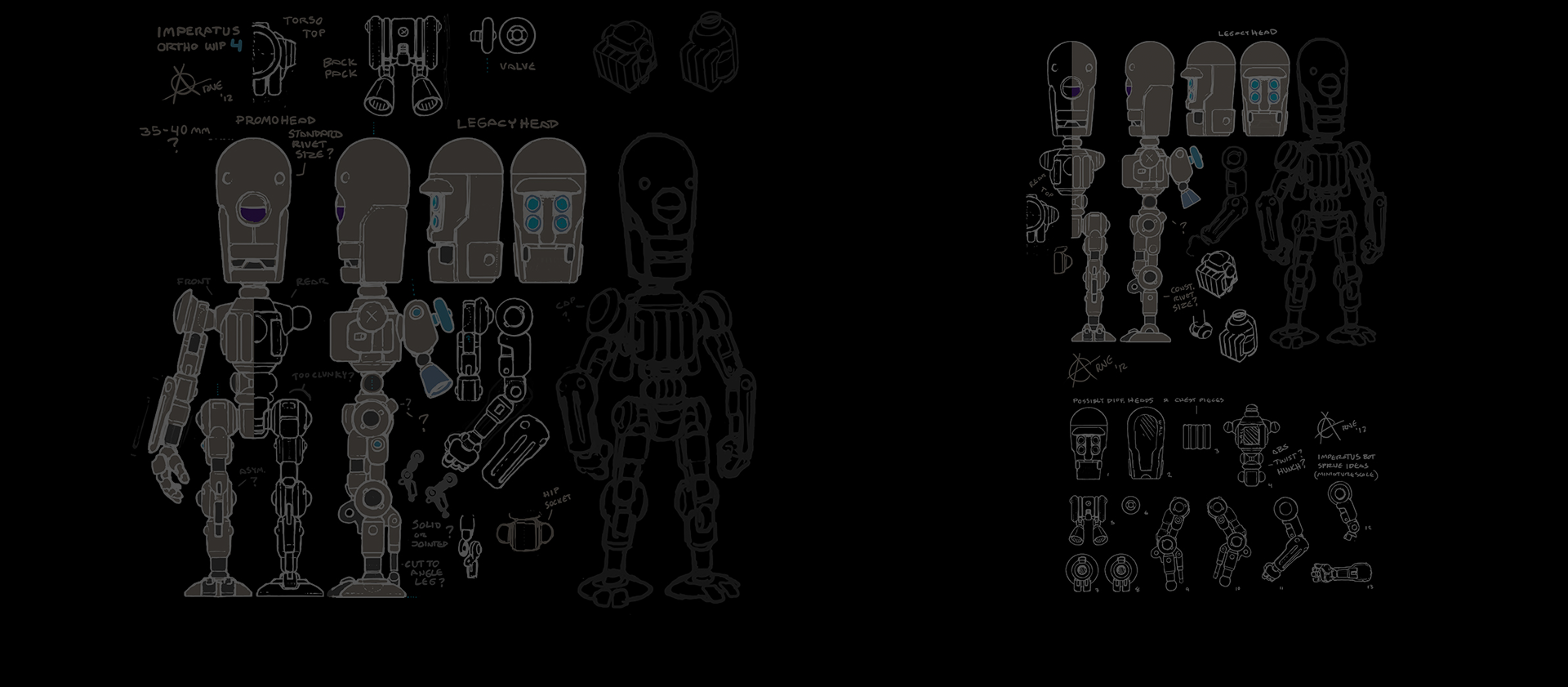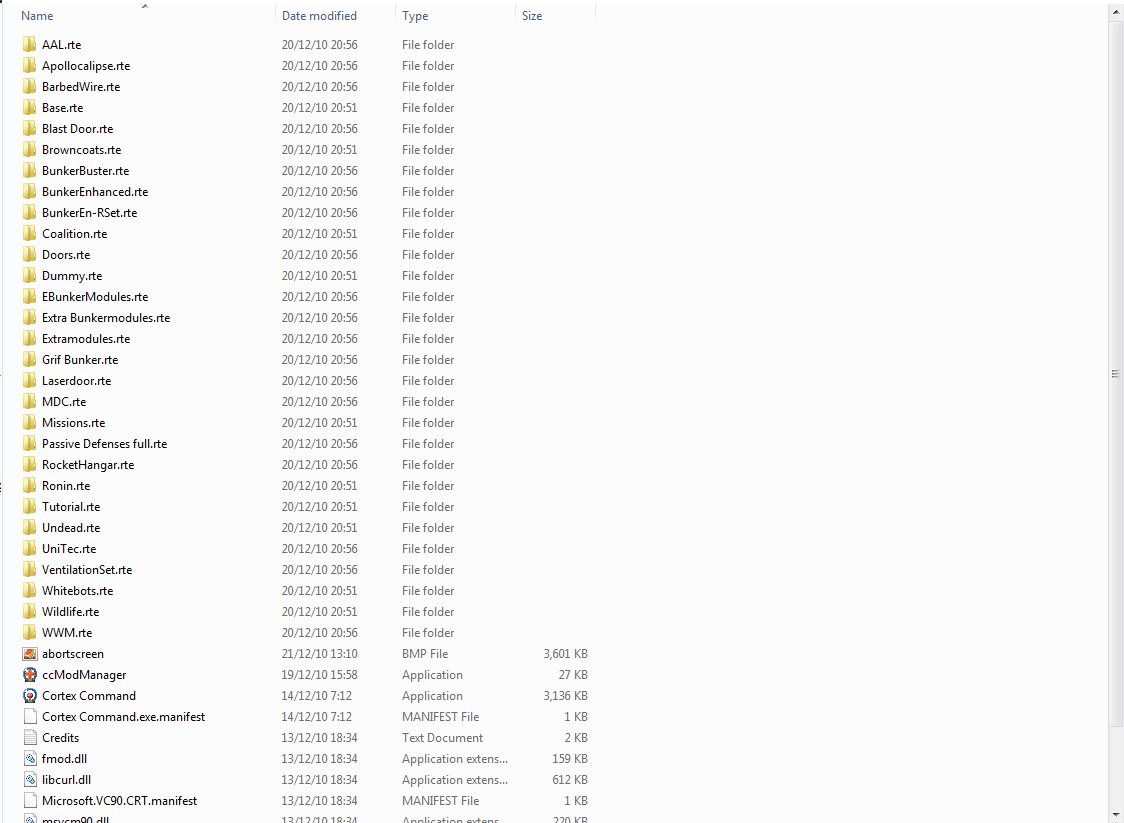
Setup.py Example (Non-Annotated) import setuptools with open("README.md", "r") as fh: long_description = fh.read() tup( name="", # Replace with your username version="1.0.0", author=" ", author_email=" ", description=" ", long_description=long_description, long_description_content_type="text/markdown", url=" ", packages=setuptools.find_packages(), classifiers=, python_requires='>=3.6', )ĪctiveState provides a unified cross-platform toolchain for modern Python package management. Setup.py is the build script for packages built with setuptools. Sample Project is based on the setuptools package: “A setuptools based setup module.” ] The file is annotated with comments for customizing the script, and for the overall package build environment. Sample Project is a template package with a setup.py file for manual installation of a package. Install_requires=, # Optional keywordĬomplete package build requirements for a setup.py based installation are outlined by PyPA (Python Packaging Authority) in ‘Sample Project’. install_requires is a setuptools setup.py keyword used to specify minimum package requirements.


Packages That Cannot be Installed with Pip


Python Installation Checklistīefore installing any package, you should always ensure that a Python installation containing the necessary files needed for installing packages is in place by following the Installation Requirements. But if you have a package that is not compatible with pip, you’ll need manually install Python packages. Most Python packages are now designed to be compatible with Python’s pip package manager.


 0 kommentar(er)
0 kommentar(er)
